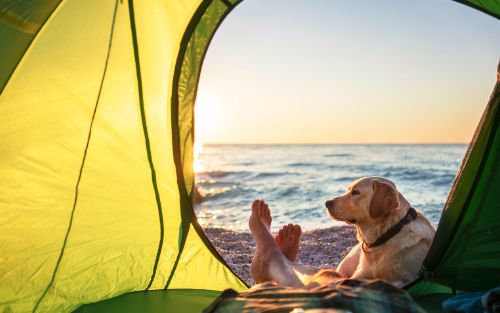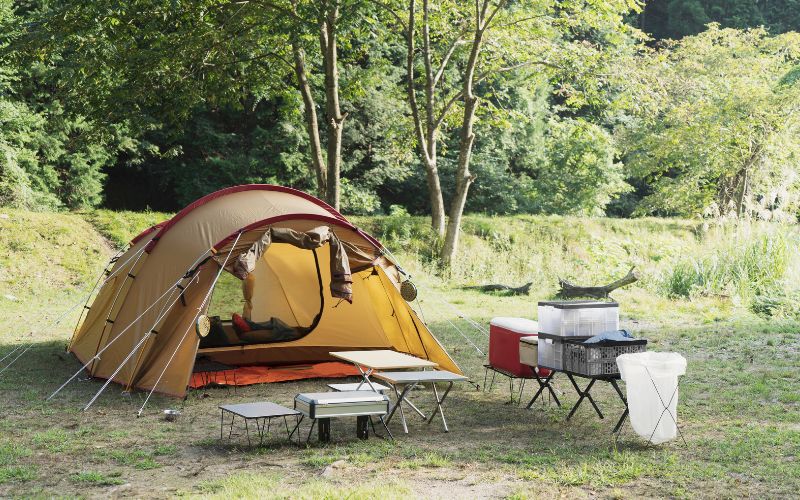Choosing the right camping mattress is essential for a good night’s sleep in the wild. Whether you’re backpacking, car camping, or glamping, finding the right balance between comfort, portability, and insulation can make a significant difference. Here’s how to pick the perfect camping mattress for your next adventure.
1. Consider Your Camping Style
- Car Camping: If space and weight aren’t a concern, opt for thicker, more comfortable options like self-inflating mattresses or air beds. These provide the best comfort and insulation, mimicking the feel of a bed at home.
- Backpacking: For those traveling light, foam pads or lightweight inflatable mattresses are ideal. Look for options that pack down small and are easy to carry.

2. Know the Mattress Types
- Self-Inflating Mats: These are a hybrid between foam and air mattresses, offering both comfort and insulation. They inflate partially on their own, but often require some manual top-up. Ideal for car camping, they are heavier but provide excellent warmth and cushioning.
- Air Mattresses: Air beds are incredibly comfortable but can be bulky and may need a pump. They’re great for car camping or glamping trips where space and weight aren’t a concern.
- Foam Pads: Lightweight and durable, foam pads are perfect for backpackers who need a reliable, puncture-proof option. However, they lack the plushness of air mattresses or self-inflating mats.
3. R-Value and Insulation
R-Value indicates how well a mattress insulates against cold ground. The higher the R-Value, the better the mattress is for cold-weather camping. For summer trips, an R-Value of 1-3 is sufficient, but for fall or winter camping, aim for an R-Value of 5 or higher.

4. Thickness and Comfort
The thicker the mattress, the more comfortable it will be. For car camping, mattresses like the Therm-a-Rest MondoKing 3D offer up to 4.25 inches of plush comfort, perfect for a luxurious night’s sleep. For backpackers, something thinner and lighter like the Trekology UL80 might be more suitable, as it provides decent cushioning with minimal weight.
5. Weight and Portability
If you’re hiking to your campsite, every pound counts. Foam pads are the lightest option but less comfortable. Inflatable mattresses are a middle ground, offering more comfort without too much extra weight. Look for mattresses that pack down small, especially for backpacking trips.
6. Durability and Materials
Durability is key, especially if you’re camping on rough terrain. Look for mattresses made of strong, tear-resistant fabrics. Foam pads tend to be more durable compared to air mattresses, which are prone to punctures.

7. Ease of Use
Some camping mattresses come with built-in pumps or easy inflation systems, while others require manual inflation. Self-inflating pads, like the Exped MegaMat Duo 10, provide a balance between ease of use and comfort, making setup quicker and more convenient.
Choosing the perfect camping mattress depends on your personal needs and the environment you’ll be camping in. For those seeking comfort and insulation during car camping, mattresses like the Nemo Roamer or Therm-a-Rest MondoKing 3D are great options. If you’re backpacking, focus on weight and packability with models like the Trekology UL80. Always consider R-Value for insulation, especially in colder climates.
By taking these factors into account, you’ll ensure that your camping trips are as comfortable and restful as possible.

